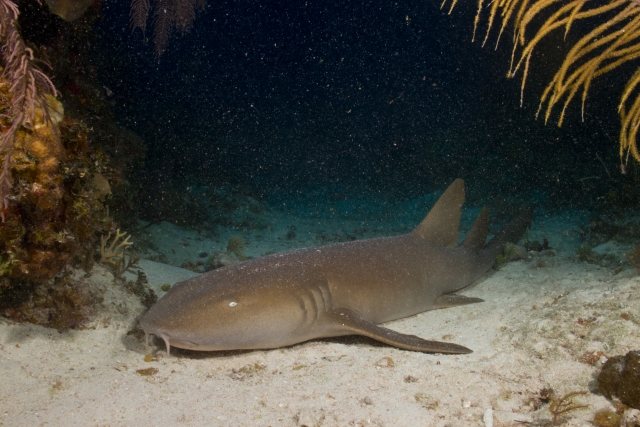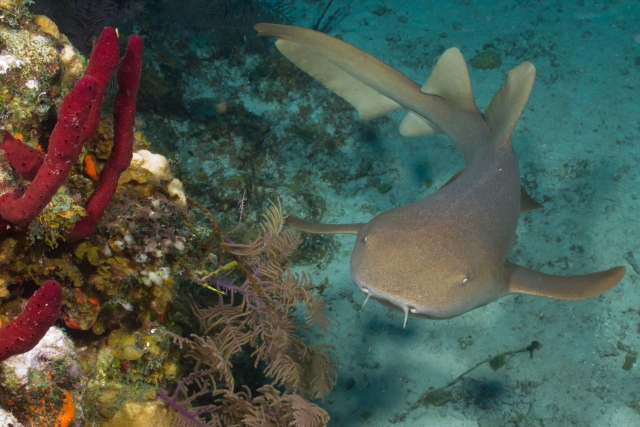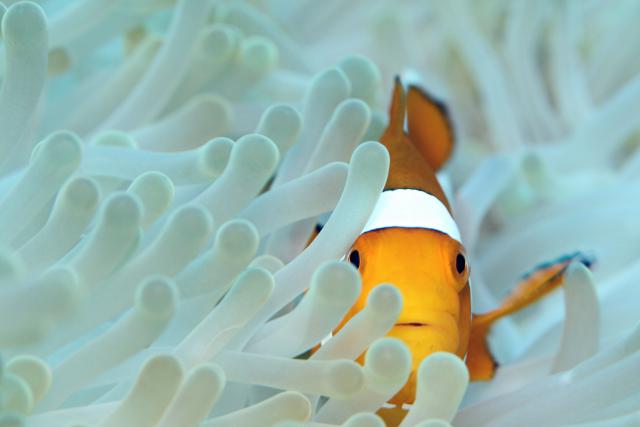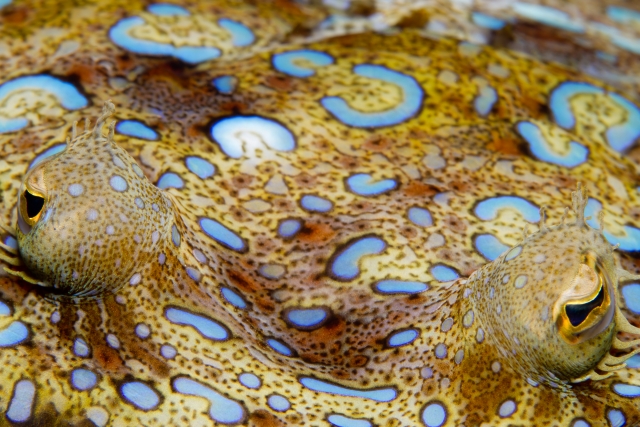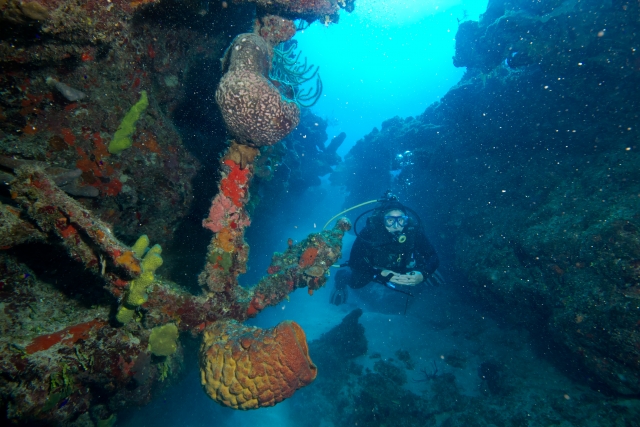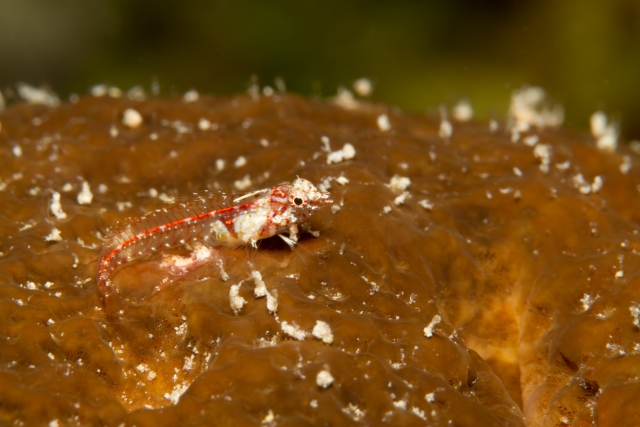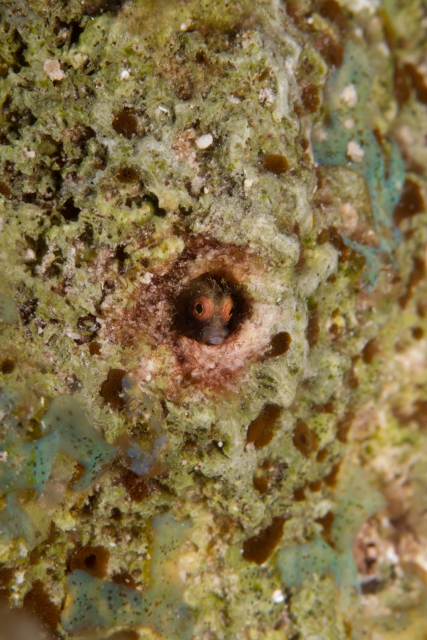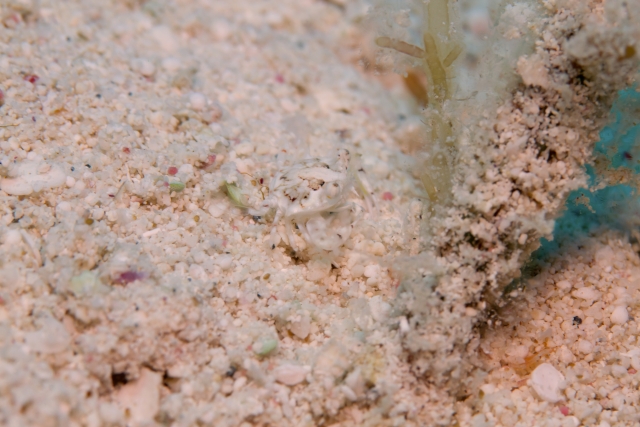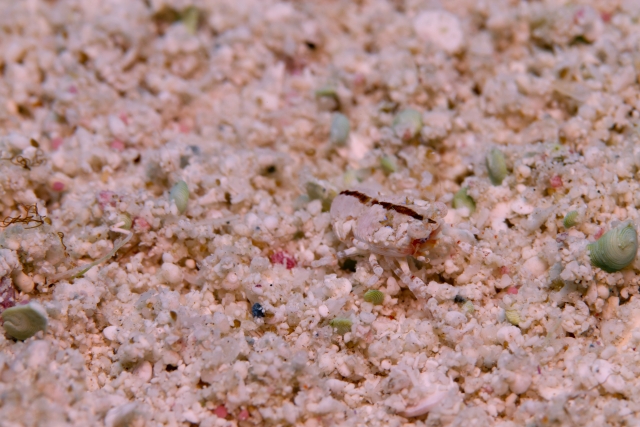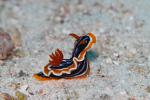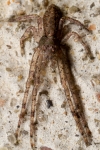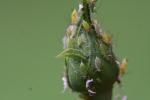underwater
Poll: Caribbean Reef Octopus
ktuli — Mon, 05/27/2013 - 20:10
Ok - as promised, we're going to take a break from the spiders today... though we are going to stick with something with eight legs (or are they arms?)
I use a version of this image as the wallpaper on my home computer. When I go to turn the computer off, it fades the image to B&W. Truthfully, I'd never noticed how good of a B&W image it made until just a few days ago. After seeing it, I decided it was time for another go at making underwater black and whites.
I first tried one edit of this image, and then decided I wanted to make a few more modifications to it. I'll share all of those edits, their B&W conversions, and the original (sorry, no B&W of it), and then you can vote on which is your favorite.
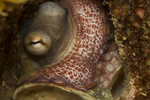 Original |
 Edit #1, Color |
 Edit #1, B&W |
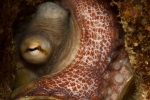 Edit #2, Color |
 Edit #2, B&W |
 |
||||
Place your vote and let me know which version you like best...
- Bill
Nurse Shark in Black and White
ktuli — Sun, 04/07/2013 - 16:35
Well, I've been playing around more with the Nik Software Silver Efex, and processed this B&W (ok, technically sepia) of a nurse shark photo that I've shared previously.
Technical Data: Canon EOS 7D, Canon EF-S 18-55mm f/3.5-5.6 II at 18mm. 1/120 sec at f/11. ISO 640. Ikelite Housing and Port with dual Ikelite 161 Strobes in eTTL mode. Raw conversion and cropped in Adobe Camera Raw, B&W conversion in Nik Software Silver Efex.
I really like how this one turned out. You certainly wouldn't think of sepia when you think of underwater photography, but then again... maybe you should... sepia is produced from the ink of cuttlefish!
- Bill
Turks & Caicos: More Nurse Sharks
ktuli — Tue, 03/05/2013 - 19:44
I want to go diving.
Technical Data: Canon EOS 7D, Canon EF-S 18-55mm f/3.5-5.6 II at 24mm. 1/120 sec at f/20. ISO 640. Ikelite Housing and Port with dual Ikelite 161 Strobes in eTTL mode. Raw conversion in Adobe Camera Raw.
Technical Data: Canon EOS 7D, Canon EF-S 18-55mm f/3.5-5.6 II at 18mm. 1/120 sec at f/11. ISO 640. Ikelite Housing and Port with dual Ikelite 161 Strobes in eTTL mode. Raw conversion and cropped in Adobe Camera Raw.
- Bill
Three Years, 400 Posts, and a Couple More Clownfish
ktuli — Wed, 01/16/2013 - 23:01
Well - here we are. Three years and four hundred posts on my blog. Pretty impressive if I do say so myself.
So looking back through my photos, trying to figure out what I should share for this post, I really had a hard time thinking of what would really work well. There's no doubt that the photo below is one of my all-time favorite photos (so much so, that I have no qualms with sharing it again here)....
I also recently read an article about how underwater photographers have a love/hate relationship with anemone fish or clownfish. They're so cute (most species - I personally find some of them look downright angry all the time), their behaviors with their host anemone, their bright colors... it call comes together to make for a fantastic photo subject. Then there's the fact that they absolutely never hold still, and will take one of two courses of action when you approach - they will either hide or be a bit aggressive and will actually come out of their anemone to nip at you. So while they are great fun to photograph, they're also impossibly uncooperative.
With that in mind, here are some of the anemone fish shots that just get overshadowed, because (to be perfectly honest) I got lucky enough to nail the one above!
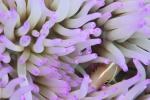 |
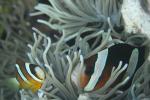 |
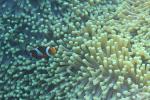 |
 |
 |
|||
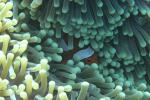 |
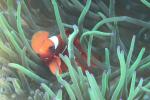 |
 |
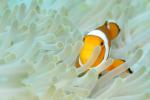 |
Well, there you have it. Three years worth of posts. Here's to three more (though I think a redesign is in order before that milestone).
Thanks to everyone who has stopped by, left comments, and above all complimented my photography!
- Bill
PS: Yay that hockey is back!
Nudibranch Assortment
ktuli — Mon, 01/14/2013 - 18:41
What would a retrospective of my blog be without an assortment of one of my favorite underwater critters... nudibranchs. These shots are from Wakatobi, Turks and Caicos, and our trip to Saba/St. Maarten/St. Kitts.
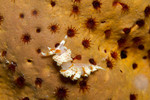 |
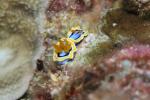 |
 |
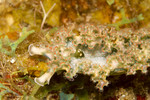 |
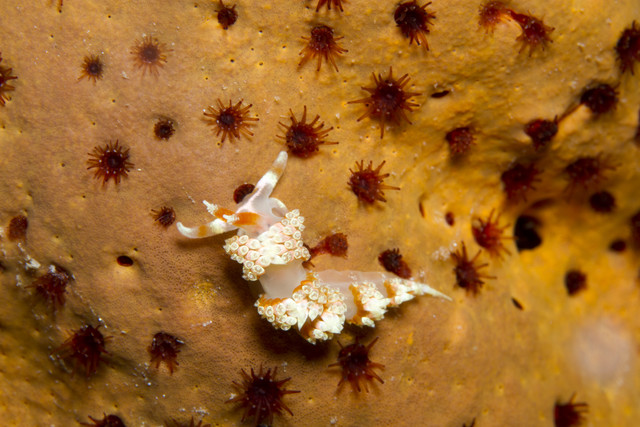 |
|||
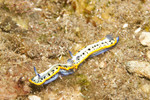 |
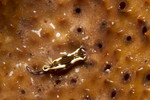 |
 |
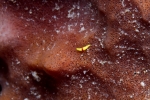 |
OK - I have to admit, I'm not even sure if that last one is actually a nudibranch. It was absolutely tiny, and I could not magnify it any larger. It sure moved like a nudi, and those bright colors make me think it might be one, but I can't find anything in any of my ID books that looks similar. But until I'm proven differently, I'll tell myself it is a new species of nudibranch that hasn't been identified yet. Perhaps I should name it... ;)
- Bill
Turks & Caicos Explorer: Squirrelfish
ktuli — Wed, 01/09/2013 - 21:51
Ok - trying something different tonight... here's a nice little squirrel fish.
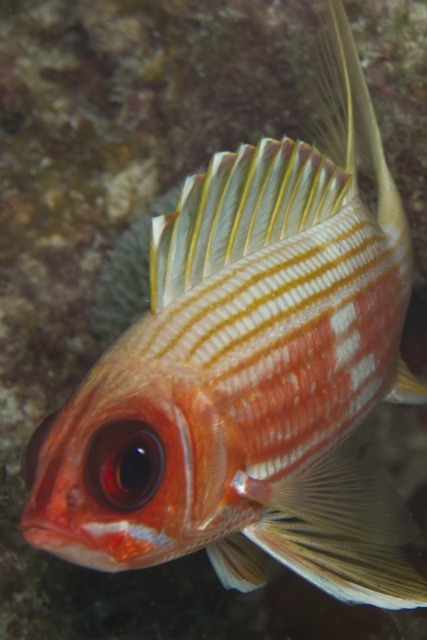
Technical Data: Canon EOS 7D, Canon EF 100mm f/2.8L Macro IS USM, 1/200th sec at f/11. Image Stabilization on. ISO 100. Ikelite Housing and Port with Ikelite 161 Strobe in TTL Mode. Raw conversion in Photoshop CS5.
Hopefully this post looks normal because it was a challenge to write because I posted it from my new tablet...
- Bill
Turks and Caicos Explorer: Patterns of the Reef (part 5)
ktuli — Thu, 12/27/2012 - 10:38
Ok - I figure I'll continue this series. This entry is a look at the beautiful pattern on a Peacock Flounder. Normally, you don't get to see this amount of color because they stay on the bottom and mute their colors to camouflage on the sand. This one I found up on the reef, so he had all of his colors as bright as possible to blend in there.
Technical Data: Canon EOS 7D, Canon EF 100mm f/2.8L Macro IS USM, 1/120th sec at f/16. Image Stabilization on. ISO 100. Ikelite Housing and Port with Ikelite 161 Strobe in TTL Mode. Raw conversion in Photoshop CS5.
Thanks for stopping by!
- Bill
Turks and Caicos: Spanish Anchor
ktuli — Tue, 12/11/2012 - 18:45
Wide angle photography underwater is much more difficult than on dry land. I learned this lesson the hard way for sure on this trip. I took plenty of shots that I just didn't like at all. This one isn't perfect, but I kept it just the same.
Technical Data: Canon EOS 7D, Sigma 10-20mm f/4-5.6 EX DC HSM AF at 11mm, 1/160 sec at f/11. ISO 640. Ikelite Housing and Port with dual Ikelite DS 161 Strobes in eTTL mode. Raw conversion Adobe Camera Raw.
The first problem that jumps out of me is the strobe placement - I should have had one pointed at Anya so that both she and the anchor were equally illuminated and therefore avoiding the bluish color cast.
Next, ideally we should have waited a bit longer to let the backscatter particles to settle down after the other divers had moved on to get a clearer shot.
However, the proximity to the anchor lets it be a nice large foreground feature and gets plenty of light from the strobes to reproduce the vibrant colors of the sponges and corals.
It is definitely a challenge... one I definitely need more practice at to improve upon.
- Bill
Turks and Caicos Explorer: Nudibranchs
ktuli — Wed, 12/05/2012 - 19:39
We didn't get to see many nudibranchs on this trip, but here are a couple shots of the two species we did see...
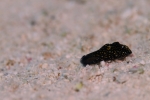 |
 |
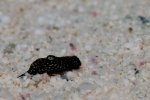 |
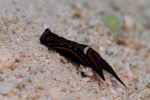 |
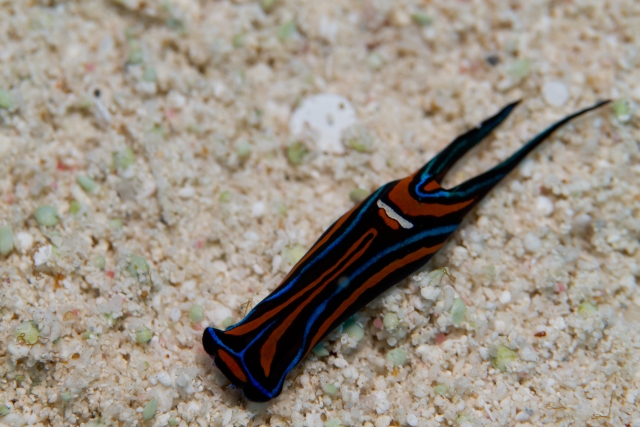 |
|||
There's a trip to Wakatobi planned for Feb 2014, so I'm looking forward to that for my nudibranch fix.
- Bill
Turks and Caicos Explorer: Find the Reef Critter
ktuli — Mon, 12/03/2012 - 20:25
So if you've been following along, you'll know that I love finding the little stuff. On land, it is one thing... and I'm constantly looking for bugs and spiders. On the reef, it takes on an entirely new challenge. Like the search for the Gaudy Clown Crab, finding interesting and beautiful tiny little creatures while on a dive is something I take great pride in doing.
Normally I would post cropped photos with their originals available with a mouse-over action. Instead, for these, I'm going to post the original and let you see if you can spot the tiny little critter. If you're having a hard time, simply mouse-over the image for a cropped view that should help...
We'll start off with something easy...
Technical Data: Canon EOS 7D, Canon EF 100mm f/2.8L Macro IS USM, 1/200th sec at f/16. Image Stabilization on. ISO 160. Ikelite Housing and Port with Ikelite 161 Strobe in TTL Mode. Raw conversion in Photoshop CS5.
Too easy? Ok - well, think about it this way. That shot was taken at 1:1.5 magnification. That means the frame is 1.3 inches x 0.9 inches. Looking at how much of the frame that Roughhead Triplefin (Enneanectes boehlkei) takes up, I'd estimate that it was only a mere 0.75 inches long. Sure - he stands out while sitting on top of that sponge, but still... that is a translucent bodied fish with some white markings (that mimic the white detritus stuck to the sponge) in a vast ocean.
Ok - this next one should be fairly easy too...
Technical Data: Canon EOS 7D, Canon EF 100mm f/2.8L Macro IS USM, 1/200th sec at f/16. Image Stabilization on. ISO 160. Ikelite Housing and Port with Ikelite 161 Strobe in TTL Mode. Raw conversion in Photoshop CS5.
That shot is also at 1:1.5 magnification, which makes that little guy about 0.15 inches high if my math is right. It is either a Roughhead (note the fringes above its eyes in the zoomed version) Blenny (Acanthemblemaria aspera) or a Secretary Blenny (Acanthemblemaria maria) - I can't tell which without more visibility to the markings on the side of the fish. I posted another blenny from last year's trip as well for more examples of these tiny little fish.
Alright, that's enough of the easy ones. Now we'll take a look at where camouflage and tiny size come together to make for an truly difficult find...
Technical Data: Canon EOS 7D, Canon EF 100mm f/2.8L Macro IS USM, 1/160th sec at f/11. Image Stabilization on. ISO 160. Ikelite Housing and Port with Ikelite 161 Strobe in TTL Mode. Raw conversion in Photoshop CS5.
That little guy is some sort of crab. I'm not able to find it in any of the identification books I have (not really surprising). Who knows - it could be a baby of some larger species of crab, or it could be that small all the time. Perhaps I found something no one else has ever seen before. All I know it is was tiny - probably in the range of 1/5th of an inch - and blended in perfectly with the sand.
Technical Data: Canon EOS 7D, Canon EF 100mm f/2.8L Macro IS USM, 1/200th sec at f/11. Image Stabilization on. ISO 160. Ikelite Housing and Port with Ikelite 161 Strobe in TTL Mode. Raw conversion in Photoshop CS5.
That ridiculously tiny and cryptic thing appears to be some sort of shrimp or maybe even a lobster larvae. Once you see it, that dark stripe really stands out, but considering this was spotted just out on the sand, it really wasn't easy to spot.
Having said all that, don't ask how I spot these things - the answer is "I just do". I can't explain it, I can't tell you what specifically I look for - I just scan constantly and things jump out at me. A line that breaks a pattern (eyes are usually a dead giveaway), or a pattern itself in some camouflage, or a tiny bit of movement - regardless of what it is, my eyes are constantly searching when I'm on a dive. Searching for the next awesome little critter to zoom in on and reveal a view on something most people don't get to see.
When's my next dive trip scheduled???
- Bill


